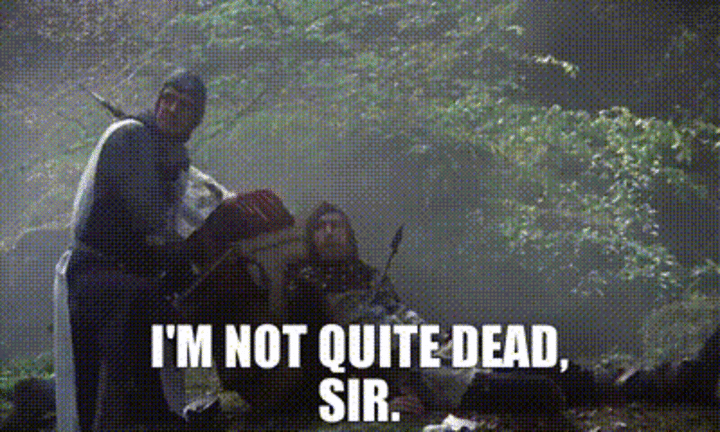redforlife
Well-known Member
I bought a JD R Manuer Spreader at a consignment auction that was in need of a little attention (tires and what not). I have not used it yet, but have gotten the tire issues resolved.
Anyways, the floor drag chain appeares to be installed backwards. After looking at another spreader, my assumption is right. Chain is on backwards. I only caught this because the chain was off of its carrier brackets on the underneath side. When I went to position the chain back up on those brackets, I could see where that wasn't going to work, given the travel direction that the chain is going. The lip edge on underneath side of the chain will catch on the brackets going in (what is now) a reversed direction with it flipped over.
Probably makes no difference that the chain is off of the carrier brackets. But it has to be ran that way, given the chain is flipped over.
Now for my question. Do I put the chain on the right way?? I'm wondering if previous owner purposely flipped it in an effort to reduce chain breakage. And if that effort could possibly work somehow. Or if they just simply put the chain on wrong in an idiot fashion. I don't really want to flip it back right, if previous owner was onto something that was working. All I know is, drag chain spreaders had issues with breaking chains. And its hard to say what anybody has ever tried to avoid it. Or whether anything ever worked when things began to wear out.
Your thought???
Not sure how much traffic this forum gets. I might make a post on the JD forum if I get no replies here.
Anyways, the floor drag chain appeares to be installed backwards. After looking at another spreader, my assumption is right. Chain is on backwards. I only caught this because the chain was off of its carrier brackets on the underneath side. When I went to position the chain back up on those brackets, I could see where that wasn't going to work, given the travel direction that the chain is going. The lip edge on underneath side of the chain will catch on the brackets going in (what is now) a reversed direction with it flipped over.
Probably makes no difference that the chain is off of the carrier brackets. But it has to be ran that way, given the chain is flipped over.
Now for my question. Do I put the chain on the right way?? I'm wondering if previous owner purposely flipped it in an effort to reduce chain breakage. And if that effort could possibly work somehow. Or if they just simply put the chain on wrong in an idiot fashion. I don't really want to flip it back right, if previous owner was onto something that was working. All I know is, drag chain spreaders had issues with breaking chains. And its hard to say what anybody has ever tried to avoid it. Or whether anything ever worked when things began to wear out.
Your thought???
Not sure how much traffic this forum gets. I might make a post on the JD forum if I get no replies here.



